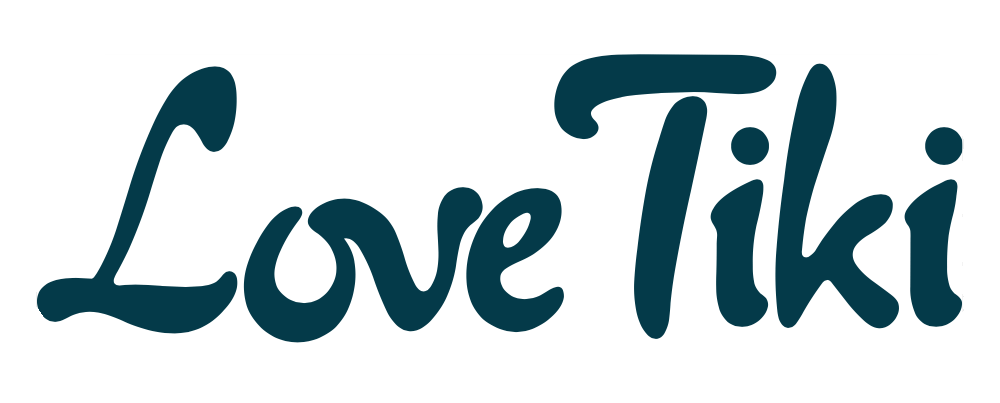The only way to prevent allergic reactions is to avoid the foods that cause them. An allergic reaction occurs when an individual’s immune system mistakenly confuses an allergen as a threat and then tries to remove this. Food allergies are often confused with food intolerances. Those with food intolerances experience disturbances to their digestive system, this is normally a slow process. Those with an allergic reaction experience difficulties rapidly and these can be life threatening.
Regulations introduced in December 2014, were designed to improve the safety of allergy sufferers when eating out. Simply put, pre packaged food, foods sold loose and food served outside of the home, which include any of the 14 most common allergens, should be carefully prepared and clearly labelled.
- eggs allergy
- milk allergy
- fish allergy
- crustaceans allergy
- molluscs allergy
- peanuts allergy
- tree nuts allergy
- sesame seeds allergy
- gluten allergy
- soya allergy
- celery allergy
- celeriac allergy
- mustard allergy
- lupus allergy
- sulphur dioxide allergy
- sulphates allergy
It is critical that food is carefully prepared keep everyone safe. Purple kitchen equipment should be used for allergenic foods. We can provide you with purple slotted spatulas, chopping boards and utility tongs to help you with food preparation and delivery.
Restaurants and takeaways need to put adequate allergy warnings on food products. Food labelling should be clearly shown and marked. Food labelling will become more important as regulations and laws are introduced. Your customers will thank you for using these labels which are easily noticeable and easily read. These allergen food labels are easy to see and straightforward to use.
Alternatively, you can choose these individual allergen labels which can be purchased separately for 13 of the food allergens. They can also be purchased as a set which includes 14 food allergens and the checklist label.





















